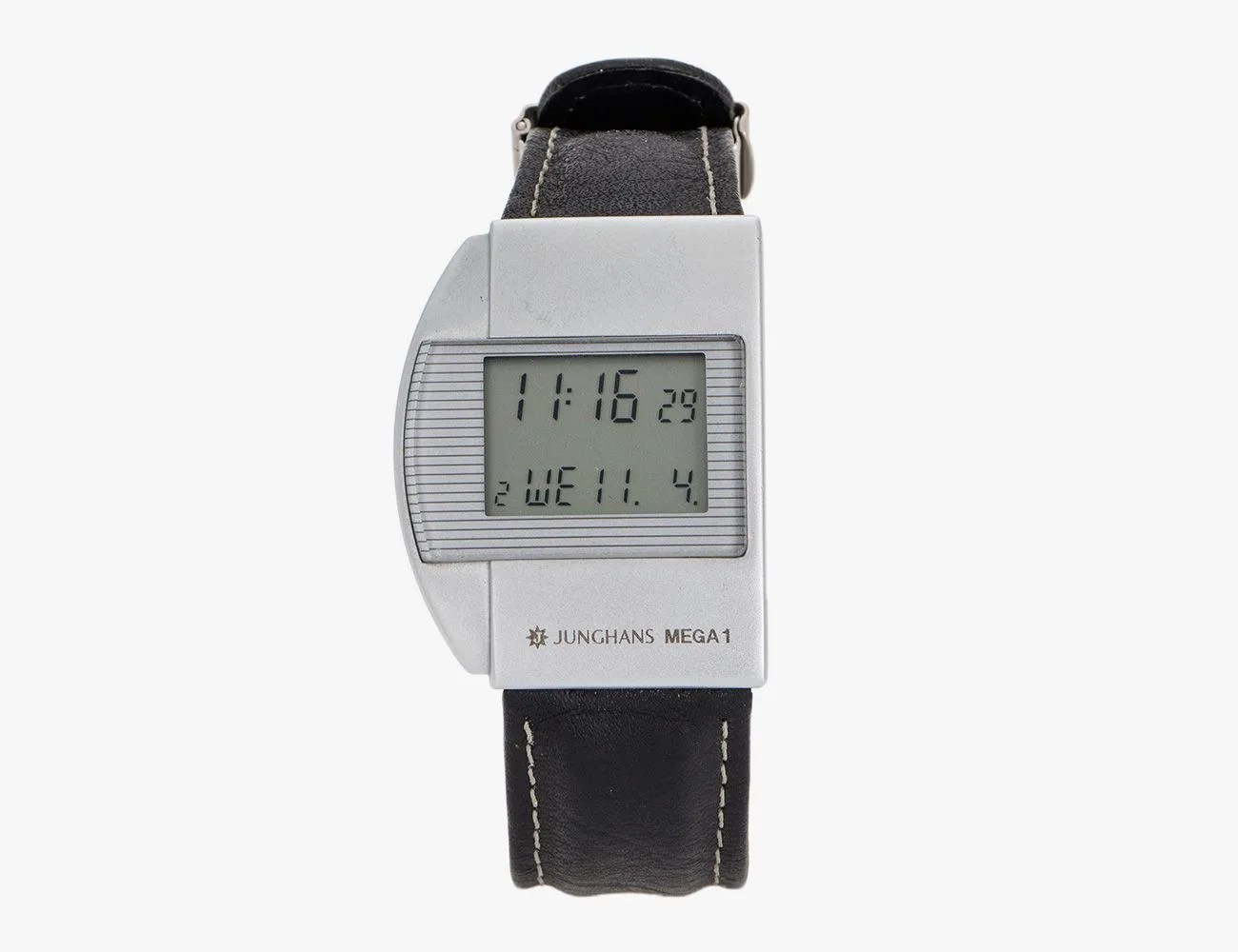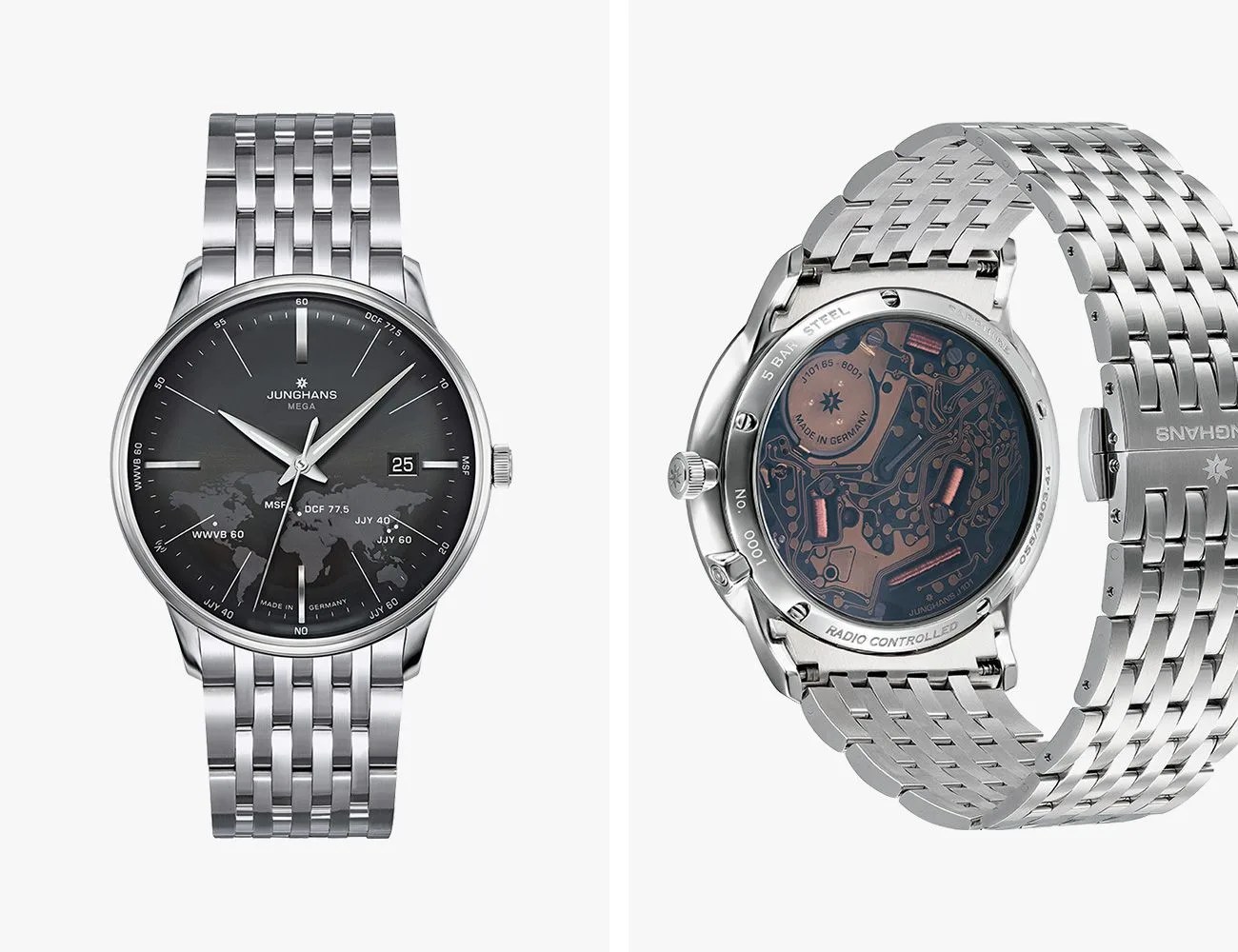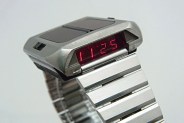Welcome to Watches You Should Know, a biweekly column highlighting important or little-known watches with interesting backstories and unexpected influence. This week: the Junghans Mega 1.
The “perfect” watch should be as convenient, practical and accurate as possible. This notion largely drove watchmaking innovation for centuries, but as watches have taken on a luxury role in modern life, there are now only a few companies that invest in the technology that can genuinely realize such an ideal. We’re not talking about watches that do what a smartphone or computer does, but those that use the latest technology to autonomously deliver the best possible timekeeping experience.
This is a field dominated by the big Japanese companies — Seiko, Citizen and Casio — each of which has vast resources for research, development and production. But tucked away in the Black Forest of Germany, the 160-year-old brand Junghans is quietly developing its own tech like quartz movements with radio-synching and solar charging. Not only do they continue to offer something interesting and unique today, but they pioneered the radio-controlled watch with the Junghans Mega 1 back in 1990.
 Bukowskis
BukowskisWe’re looking at a wonderfully funky timepiece, an excellent specimen of the space-age design that quartz and digital watches had engendered over the preceding decades. With a digital display and asymmetric case developed with Frog Design, the Mega 1’s strap incorporated an antenna for receiving radio signals. Quartz movements used by Junghans and everyone else were already highly accurate, however, so what does this radio-synching tech actually do? Well, it makes watches even more accurate.
Once a day, a signal from a transmission station will update your watch with the exact current time. That signal is itself synched with an atomic clock, and there are six such transmission stations around the world. (For example, the atomic clock that’s the basis for standard time in the United States is in Boulder, Colorado, and will be accurate to better than one second in over 100 million years. Accurate enough for ya?)
Even though Junghan’s current quartz movements promise accuracy to within about +/- 0.02 seconds per day without radio synching, that negligible deviation can’t compete with a radio-synched watch — so long as you’re in North America, Europe or East Asia and in range of the signals. You get it: your watch stays really, really accurate.



